All about Project Smile – the international goodwill outreach to children and their families.
Jennifer: Hi All! I am interviewing Marek Wysoczyński, Director of the Bureau for the Promotion of Culture, Gdansk, Poland. Marek, would you tell my readers something about yourself and your background, your experience with large scale exhibitions leading up to Project Smile?
Marek:
I studied law at the University of Gdansk where I received my Master of Arts in History degree. I was an actor in the German language Theatre Logos and also a teacher of German. I was a history guide in the Central Maritime Museum, an archivist, teacher of history and a manager for special events. At that time, I created a series of concerts entitled “Music on Water” which have been presented by me on a regular basis since then. I was the director of the Baltic Centre of Culture. I organized the Millennial Concert for Emma Kirkby. I was awarded a Gdansk Millennial Medal. I created the Franciscan Centre of Culture in Gdansk and organized music festivals called “Musica Mariana”.

Marek Wysoczynski generating smiles globally!
As for now, I am director of the Culture Promotion Office and organize various concerts and novel exhibitions all over the World. I was a co-organizer of the Festival of Culture of Europe in Georgia and organized an Opera festival in Dubrovnik. Every year I organize special carol concerts in Palestine and Jerusalem and, last year, I organized one in a Turkish bath in Skopje. The Office, together with the Goethe Institute, organized a series of Polish song concerts sung in German in Paris and Alexandria. My artists performed Ave Maria concerts in various languages (including Arabic) in the Cathedral in Cairo and also in churches in Turkey, Portugal, Romania and Slovenia. They also sang for SFOR soldiers in Bosnia and NATO soldiers in Kosovo. There was also a concert for the Jordanian princess and a Russian song concert organized by the Russian Embassy and the Polish Embassy in Tunisia. The Office promotes musicians, actors and international co-operation in the field of culture.
I organized an exhibition of 1000 autographs as a part of the Millennial Anniversary of the City of Gdansk. That was the start of the idea to collect autographed smiles for Children’s Hospitals and also for other Institutions.
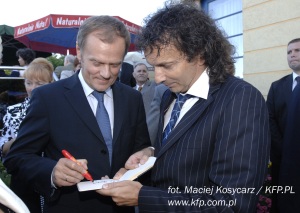
Polish Prime Minister, Donald Tusk, creating a Smile for Marek's Project Smile
The exhibition presented annually during the Polish Films Festival in Gdynia and in Perpignan, in the Institute of Polish Culture in Budapest and during the Festival of Good Mood in Gdansk. The exhibition was also presented in Chelmno in the Town Hall. In May, 2008 the exhibition was presented in Insurgentes Gallery in Mexico and in June in the Children’s Hospital named after Maria Curie Sklodowska in Romania and in Children’s Museums in Italy and in Poland.
Jennifer: In the midst of a very busy position, you have managed to inspire others with a ’brainwave’, the simple but wonderful, empowering concept of an exhibition of ’smiles’ from celebrities of all ilks from all over the world! What started it all? How did you come up with Project Smile?
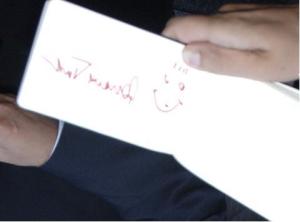
The Prime Minister's Smile!
Marek:
When, in 1980, I received my first autograph, that of Kalina Jedrusik, I never thought I would have over 1000 of these footprints of human existence – small pieces of art, as I call autographs, because people often draw something near their signature.
Whilst collecting autographs, I was also thinking about sharing my joy of life with the community and comparing it with the transient keepsake that comes from contact with personalities. The first time I managed to show them was at the Millennial Anniversary of Gdansk, when they were shown at the exhibition entitled “1000 autographs for the Millennial Anniversary”. I observed the people visiting the exhibition and saw their joy and surprise. Generations – grandparents, parents, children and grandchildren, all together, explaining to each other who was who. Young people did not know older actresses and the older generations had no idea about rock musicians.
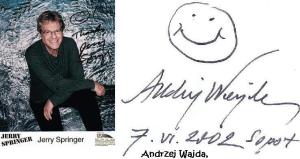
Smiles & autographs
After the Gdansk exhibition I began to dream about sharing my passion, about sharing my joy with others. Then I got the idea of collecting autographs accompanied by the picture of a smile. The first idea was to show “Project Smile’ in children’s hospitals, but it soon appeared that smiles drawn by the Jordanian Queen, Krzysztof Penderecki or Liza Minelli pleased adults too. What is more important, adding a smile also pleased the people whom I ask to draw them. A smile is possible to create in a moment, even in the most difficult times. When we look at a child’s smile, even if we are in mourning, are ill or in trouble, we smile instinctively.
An autograph itself is calm and quite like a fresh painting, as it “reveals the mortal hand” not only in the poetical dimension but also in the dimension of common, fleeting life. At least it is the visible sign of our having passed by.
Smiles joined with autographs are something to introduce joy into our lives and into hospitals both for children and adults.
When I started collecting smiles I wrote:
A Smile, it is a drop of crystallized Joy
When a child smiles at us we smile, everyone, everywhere!
A child’s smile is pure holiness, a gift of life
Not to be sullied by the evil of unhappiness
When giving sick children our warm smiles
We return their own smiles to them
And remind ourselves of the smiles of our own youth!

A child's Smile
We received from archdiocese Honiara a smile from the Archbishop of the Solomon Islands and his poetic quote:
Smile and the World smiles with you,
Cry and you cry alone.
Jennifer: At a time when the world is in the grip of an economic crisis with all its hideous far reaching effects for individuals and families globally, we needed this project. It is inspiring! Would you share with us some of the reactions you have received to the project?
Marek: A Smile is good at all times, for any kind of situation, even the ‘commercial’ smile of the stewardess in a plane, a smile puts people at ease, it welcomes.
As for a drawing smile for the project , all kinds are good and sometime the drawing of the smile brings the person to remembering deep into their past, sometimes with tears as they remember the bad and good times of childhood.
Children in hospital react very, very well. In Macedonia, in a Rehabilitation centre, a girl who was very seriously ill, drew a smile with her legs and told me : “the miracle is that I can do this before I die soon, to help other children …”
In other city, in Poland, I prepared that smile-performance with children. The Mayor of that city and his co-workers thanked me because he …was smiling himself, for the first time in 20 years.
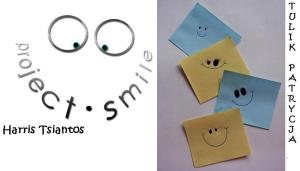
Infectious Smiles!
Crisis is bad, but it will seem shorter, be alleviated somewhat when we all start to smile – I tell this to children in hospital : “children should start every day with a smile and finish the day with a smile”. Smile, and the trouble will do not have time to become a problem, the same can be done in the world of politics and economics. Smile and the future will be better – the trouble will be smaller. A smile is the best sort of help because it is financially very good to receive….its costs only 1 second of your time to make and of course its “cost” = a good tooth-brushing , LOL !
Jennifer: The collection is growing by the day. How many smiles have you received to date? On average, how many arrive daily?
Marek: Its depends , sometimes I get a whole package from various countries, sometimes one envelope but with 20 smiles from a school of design where the professor set an examination task for students to create a smile.
Sometimes there is a day without a smile in the postbox , but there is a smile on my face ….to make that “empty” day a better one!
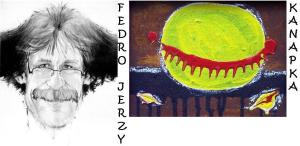
The Smile that grew in to GRIN!
My friends like to talk with me about the project. I sometimes think the exhibition idea is my wonderful life sentence. I have ambassadors of the smile-exhibition around the world.
I like also to collect smiles in person – as I organize cultural events. It provides me a good entrance to different meetings and, somehow, I can nearly always put myself behind the scenes.
What I try not to do is not to ask for a smile in restaurant venue…but then I eat slowly as does the ‘star’, the evening’s special guest, and I hope to obtain a smile from them outside the venue when they finish…
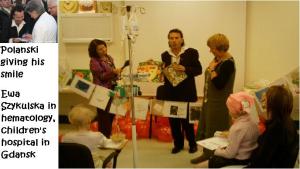
Getting Polanski's autograph and the actress, Szykulska, and the children's hospital
Jennifer: You have not one but a number of ‘smile’ exhibitions planned. Tell us about them and what is involved in setting up such an exhibition in such far flung places?
Marek: The number of smiles is not limited; I think that it is already a part of my life. I hope very much to create a Smile Museum or Smile Gallery.
The idea is ongoing, one pilgrimage of smiles, because the plan has always involved the drawing of smiles by children in Poland for children in other countries and so on
The idea is to show this exhibition in children’s centres of all kinds, not only hospitals but also as a temporary exhibition in various institutions.
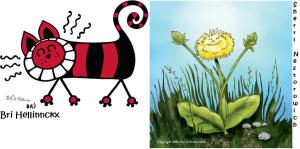
Smiles that lift the spirits!
Jennifer: I understand you are hoping to produce a special catalogue/book of the exhibition to help raise funds for children’s hospitals in Poland. Can you tell us more about that?
Marek: That is good question, there are many organizations which help children in a financial way, our goal is “only” to make them smile ….
As the reports of doctors, psychologists and parents indicate, the exhibition is like a medicine, a tonic. It shows people all over the world care about sick children, children in pain. The children know they are not forgotten!
Also, what is very important, the exhibition of smiles helps “normal” people working in hospitals, not only doctors, but also cleaning teams and last but not least the parents visiting their children. It lifts their spirits!
The exhibition is also a good thing for festivals and for other events.
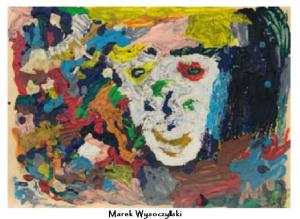
Marek's Smile!
The idea of a catalogue is always there, and we produced one as a booklet for the Polish Festival of the Good Mood, and when we visited children in hospital with a leading actress, the children were given one each.
In collaboration with Children’s Organisation, KIWANIS, we also produced a booklet in Polish and English. (You can see that catalogue on that website, where you can also find my smile.)
Jennifer: What is the most unusual ‘smile’ you have received so far? Are there limitations on the type, size or presentation of the smile and what happens to each submission to prepare it for exhibition?
Marek: The smiles have no limitations ever. We have made a smile
* in a children’s garden in Lodz
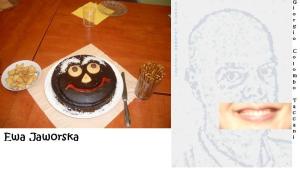
The variations and varieties are endless as imagination!
* on paper on whole floor area,
* the sportsmen put their smile on t-shirts,
* but also on a boxer’s hand,
* we got a sculpture of smile and
* a smile on glass –
Each and every smile is very unusual … very individual!
But maybe the most touching was a smile by a child in Macedonia …with her mother drawn without face because she was left by her mother
Very different smiles – maybe I would mention the autoportrait by regisseurs Jerzy Skolimowski and Roman Polanski or a Bishop’s smile-picture which reminds of one of Picasso’s works….
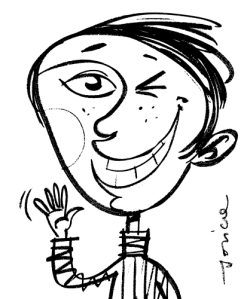
The Picasso-style Smile
Jennifer: There must be all sorts of stories of how you met celebrities like Polanski and other AMAZING people! How did you persuade them to give you ‘a smile’?
Marek: When I started the collection, I asked people in person for ‘a smile’. I still do if the opportunity presents. The meetings with notable folk can sometimes be very funny but sometimes very short!
In the case of Jose Cura, I was at the opera in Berlin and, after the show, I got to the backstage door and knocked on the garderobe. He answered himself and told me “come in”. He was under the shower. So I backed out and waited. After some minutes, he came out and, with a big smile on his face, he drew a ‘Pagliacci’ ….he had sung Pagliaci in the opera that night.
In Berlin I had also a “tragic” meeting….can you imagine, I was in the same restaurant as Lauren Bacall…but it was a very prestigious restaurant such that if I had asked for a smile/autograph they would have made a security photo of me and then I would have been blacklisted there and in other such places as well!
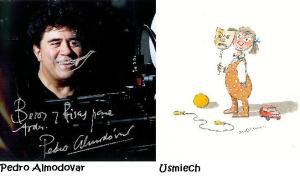
Smiles layered on Smiles
As for Roman Polanski – he was opening a sculpture in Sopot – he was on the redcarpet. Nobody was allowed to put a foot on that carpet, but I did! That is how I got a selfportrait of him!
At the same festival Faye Dunaway was also a special guest, but by then I was 1000 km away. However, my wonderful mother is also very supportive of the smile project. She asked, in her broken English, and, yes, I have the smile drawn by Faye Dunaway!
The security guards of First Lady of Poland, Maria Kaczynska, were very “unhappy” that I asked her to draw a smile. But she told the strong men, to stop and let me be, “it is for a good goal”.
All the time the people, when I ask them to draw a smile, I get the answer, ‘oops I am not good at drawing’. My answer is always, ‘it’s for children and children are not judging the art’.
The Polish MP, Iwona Guzowska, is a former boxer. She liked the smile project so much that she even created a parliamentary group in the Polish Sejm – Parliament “smile group”. She collected smiles on sports items.
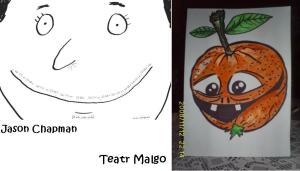
It's the SMILE not its artistic style, that matters! Winning Grinners!
The smile project – the collection – it is growing into a very special collection – one of a kind in the world. It is also unique, because smiles are made using a variety of methods, and they are not only on paper, but also as pictures, on music programs, on film posters, on books, cd or on very curious paper types. Children from round the world send me smiles for the project. This is very special because of the very different types of smiles from children, for example, from India or Moldavia. Yet, amazingly, these same smiles sometimes match up, the same exactly, the same type of smile as if it was made by one and the same hand, even though it is a smile from a Polish child or from Mexico. As for Mexico, the smiles are made there by children with Downs Syndrome who are taught by Professors of Art Academy from Mexico City.
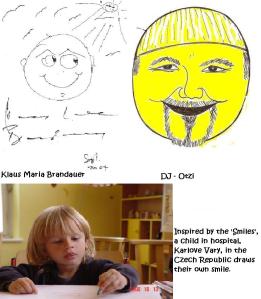
Smiles, inspiring even more smiles!
The collection is for children, especially sick children, to make them smile and so help them heal!
Jennifer : Marek, tell us what the Smile project is achieving and continues to achieve:
Marek: I hope very much to be involved in a number of a smile exchange exhibitions, a pilgrimage of smiles.
I think there is a good idea to connect smiles made by celebrities and those by children – the children are encouraged and inspired by the interest and support for the project by the celebrities.
For children in “western” countries creating smiles for a poorer part of world bring them closer to those with less advantages, fewer opportunities than they have and fosters a caring attitude and brings knowledge.
For poor children, it is maybe their first possibility to give somebody something – this brings dignity and feeling of being able to contribute; this is empowering.
And for children from harsh, very problematic parts of world this also provides a very interesting way to help others, help, in return, a part of world from where the help is coming to them; it brings a sense of reciprocity that might not come any other way. It brings a sense again of dignity and achievement.
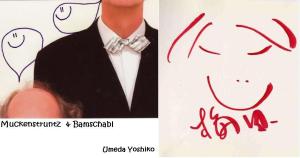
Smiles from East and West!
I think such exhibitions – such exhibitions exchange is a very unusual project for helping and informing people about the plight of sick children worldwide, for bringing artists, writers, musician together with also opportunity for promotion of their work and for sponsors to bring their product before the public in a way that promotes them as a company that cares and is involved in more than just making money, but also in giving back to those in need – the use of a company logo could be connected with a ‘smile’ by being included in a special promotional logo.
Jennifer: Marek, what are you plans for the future, what is your next big project?
Marek: Dear Jennifer ….of course asking you to help me to show that exhibition in your city ….my very simple dream, which is an ever evolving, growing plan, ….to show the smile exhibition and to draw smiles around the world!
Jennifer: Finally, how can people get in touch with you to find out more about the project and give support?
Marek: I would like to be in touch with people, the more the merrier! They can talk to me and learn more about project smile at www.promocjakultury.pl
The best way to support project smile is to draw a smile and send us, to ask famous and /or interesting people to draw a smile and, last but not least, to invite our exhibition to their place – to the smallest children’s school, to the farming community, or to a big children’s hospital, to a film or other festival or to Sydney Opera House…..
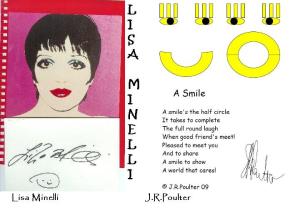
Smiles to encompass the globe!
Jennifer: Charles George Walker wrote a poem inspired by that famous old proverb, quoted by the Archbishop of the Solomon Islands, and used it for the title. I think it reflects your belief in the joyous spreadability of a Smile:
Smile and the World smiles with you, Cry and you cry alone.
Smiling is infectious, you catch it like the flu.
When someone smiled at me today, I started smiling too.
I passed around the corner, and someone saw my grin.
When he smiled I realised, I’d passed it on to him.
I thought about that smile, then I realised its worth.
A single smile just like mine, could travel round the earth.
So, if you feel a smile begin, don’t leave it undetected.
Let’s start an epidemic quick, and get the world infected!
May your smile project spread like the sunshine it brings into others’ lives!
You can find my own smile in the exhibition and here on Sharing Books for free download.
Jennifer  )
)










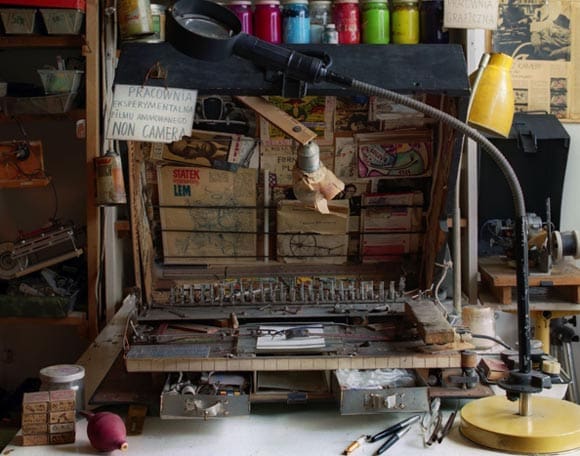
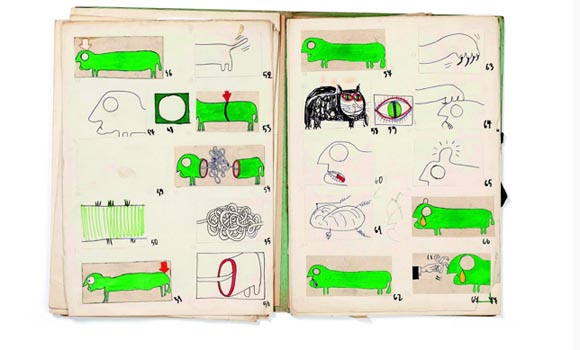
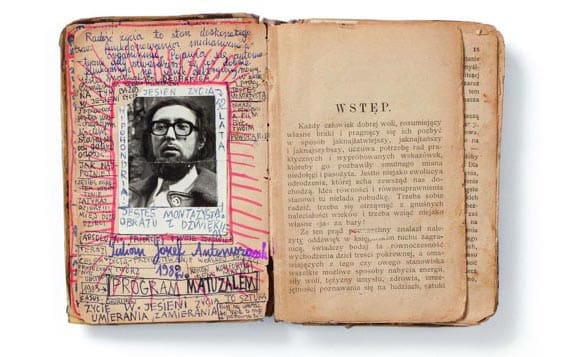
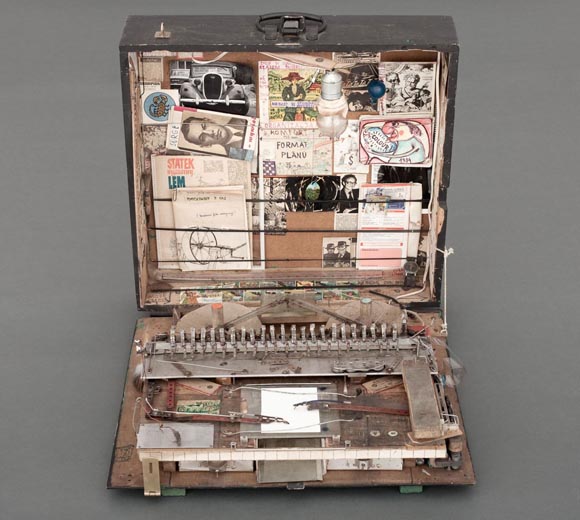
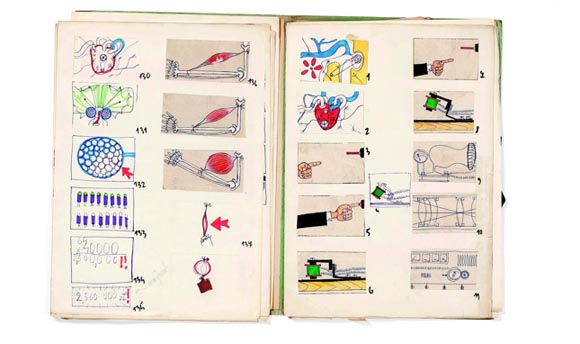
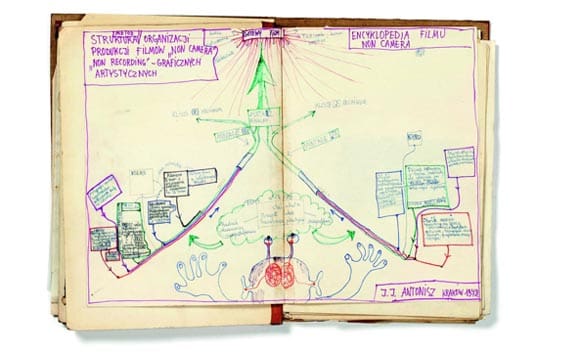
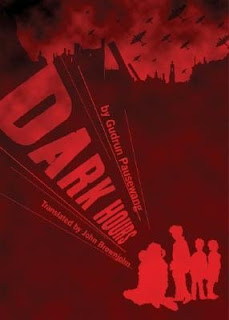
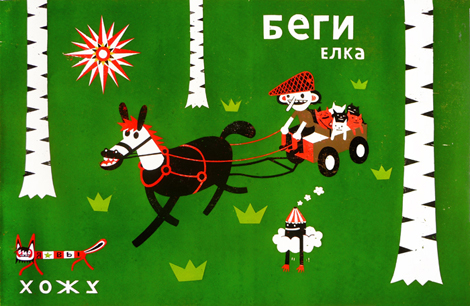
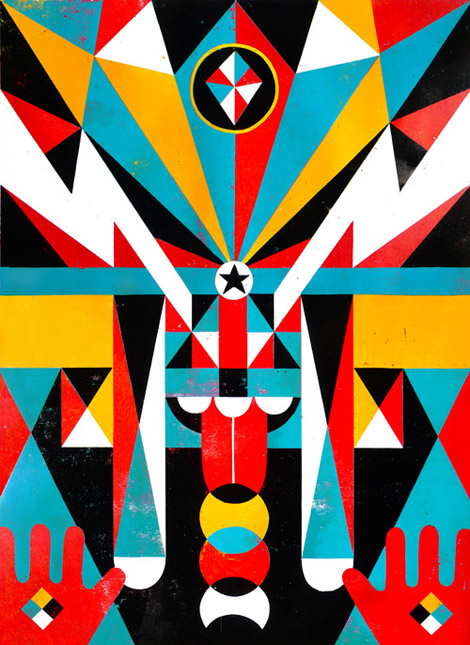
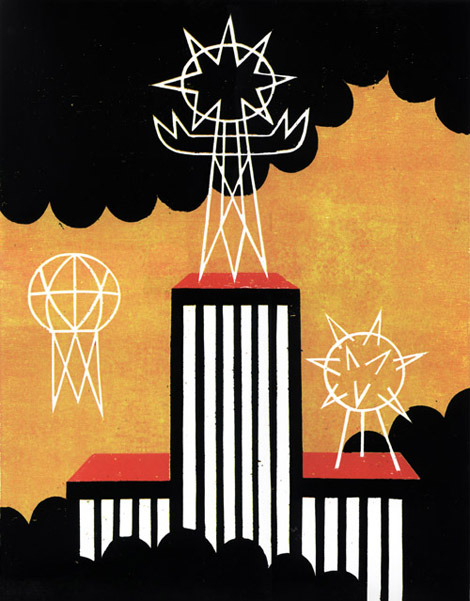


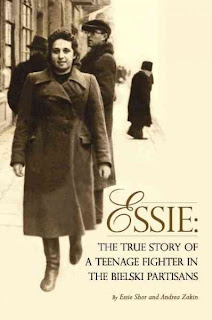





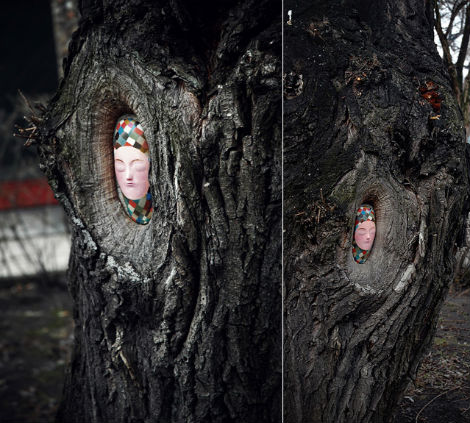
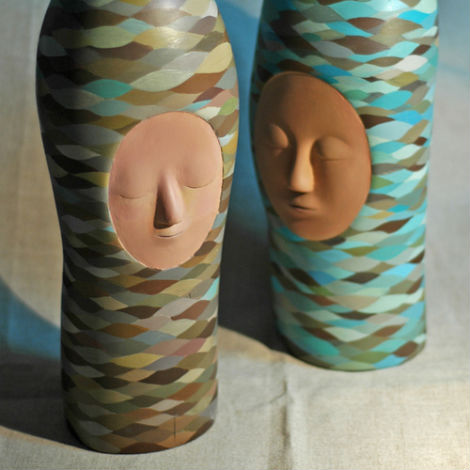
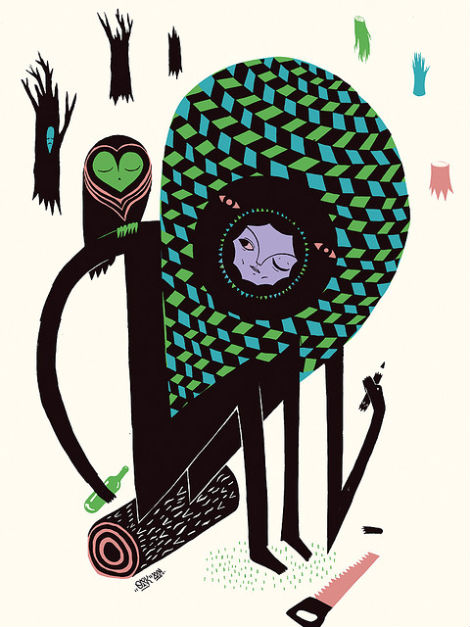
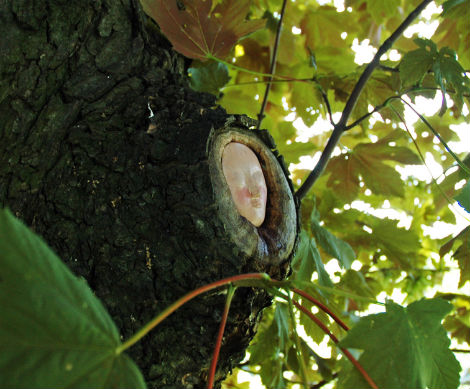
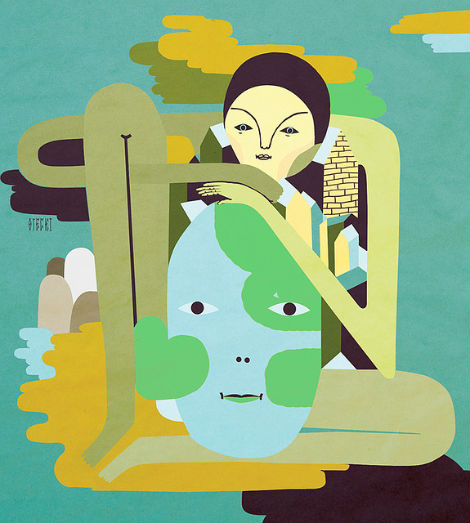
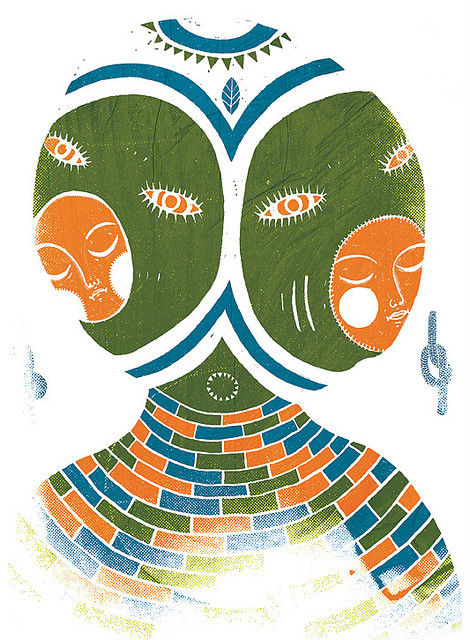

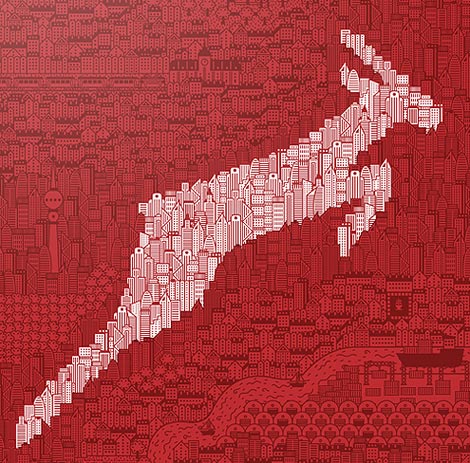
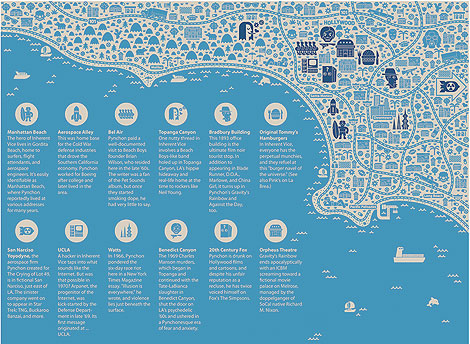

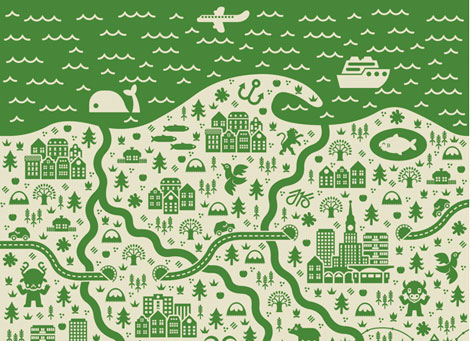
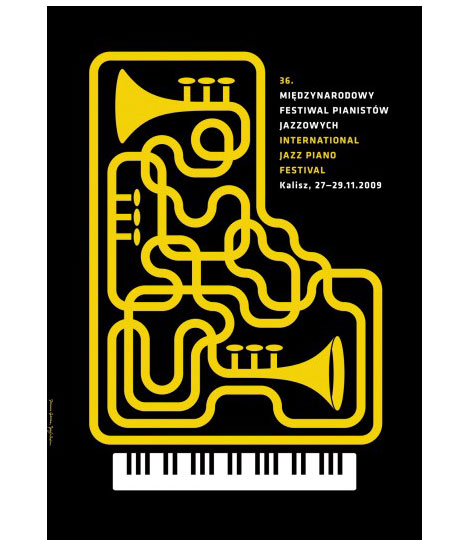
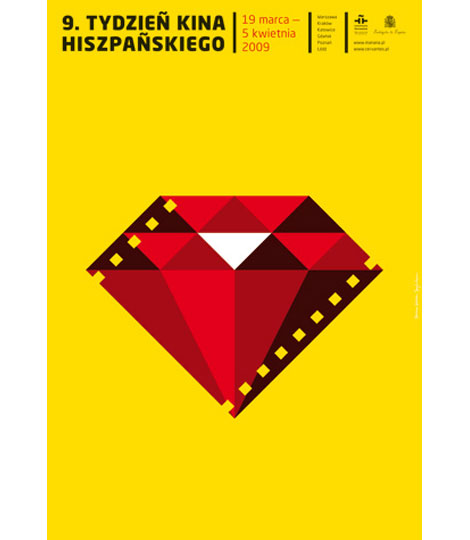
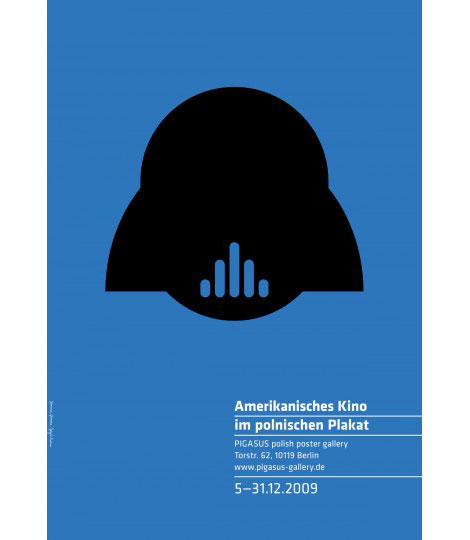

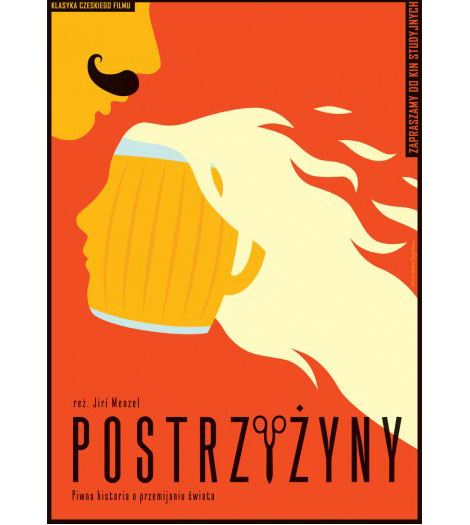
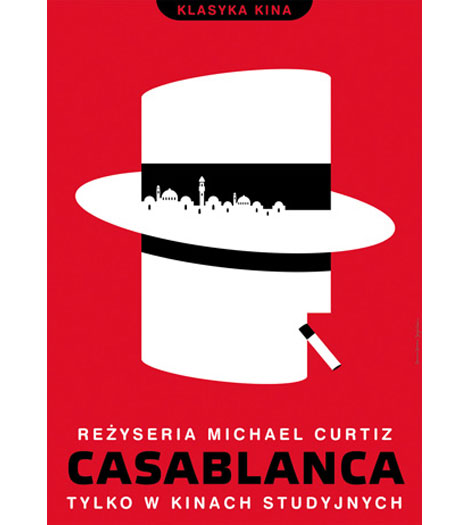
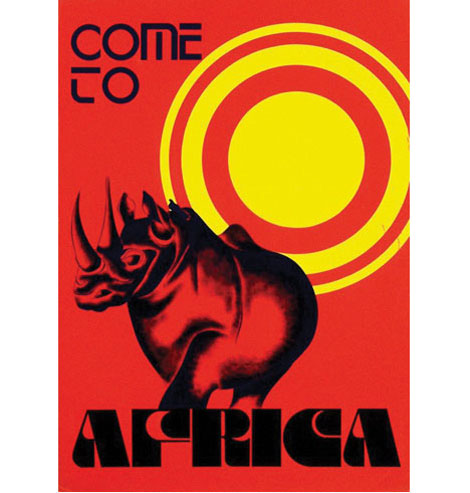
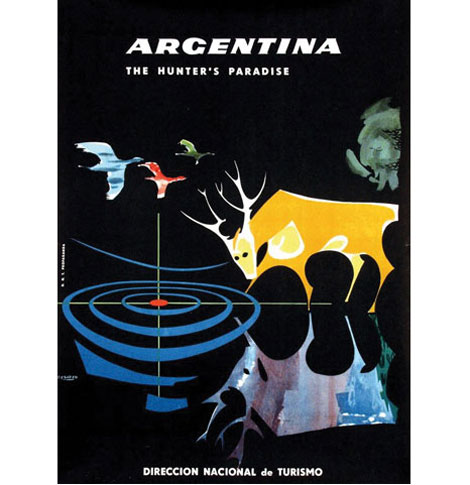
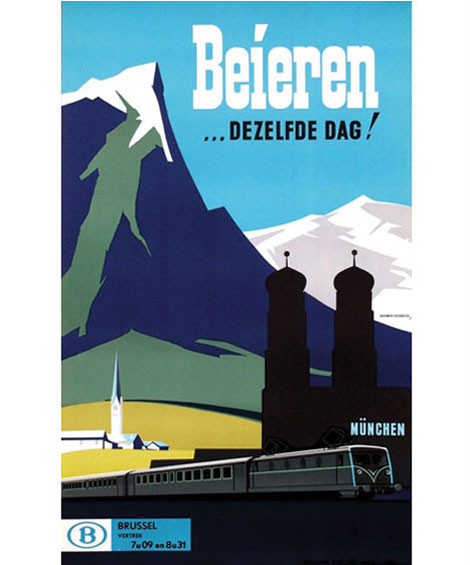
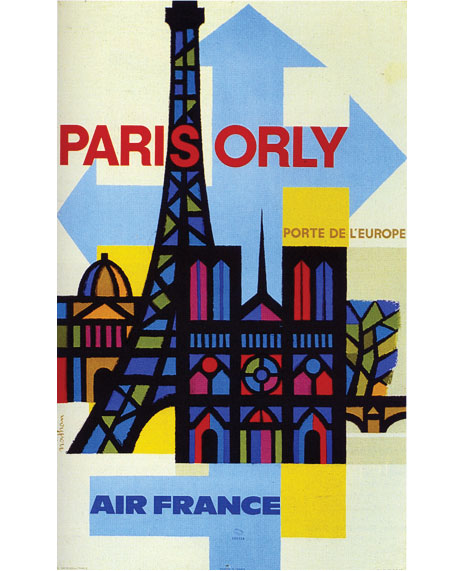
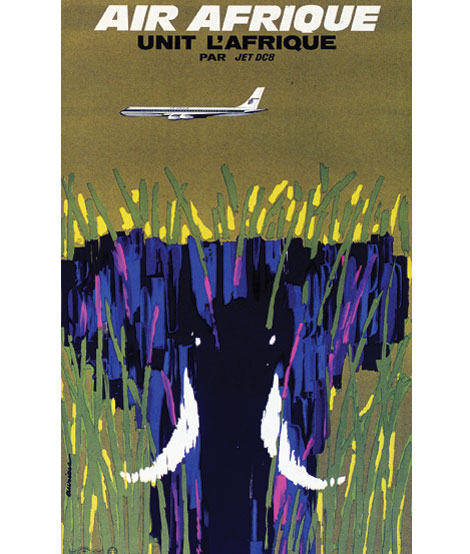
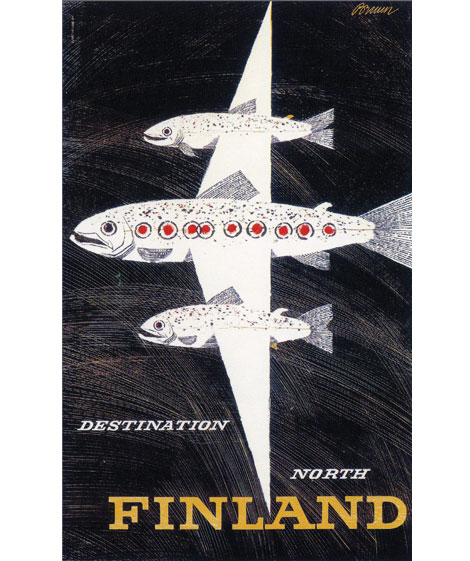
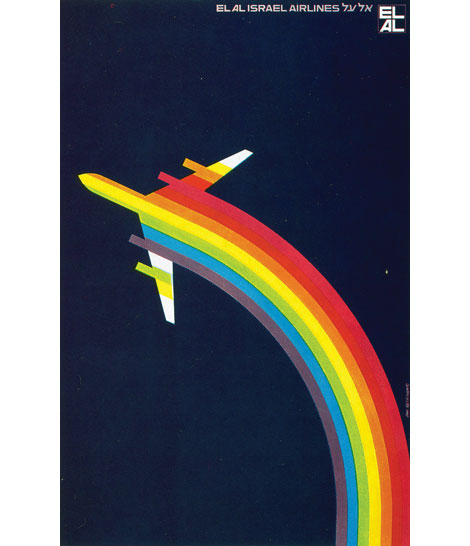
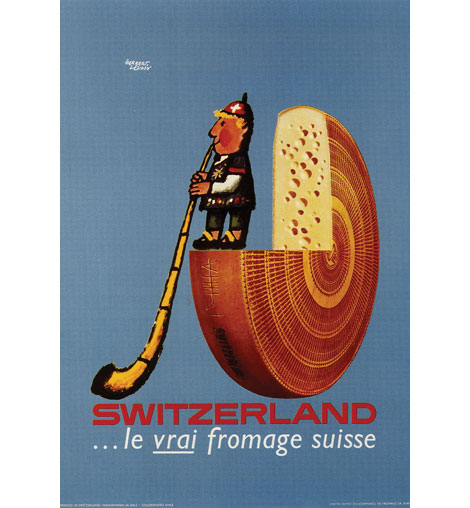
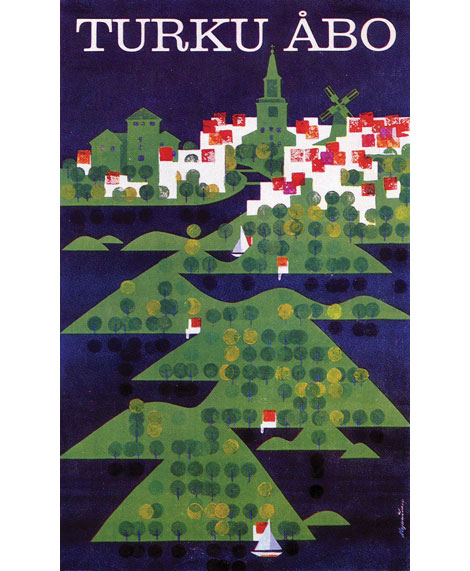
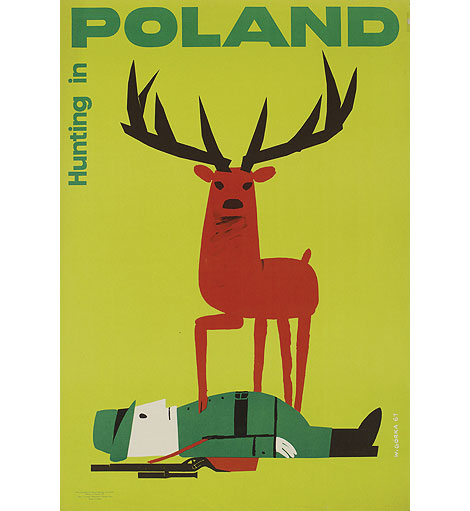
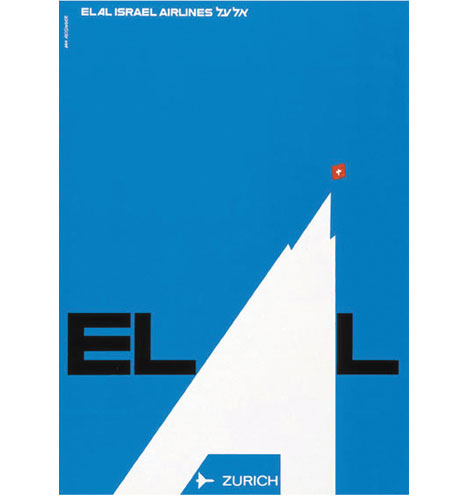
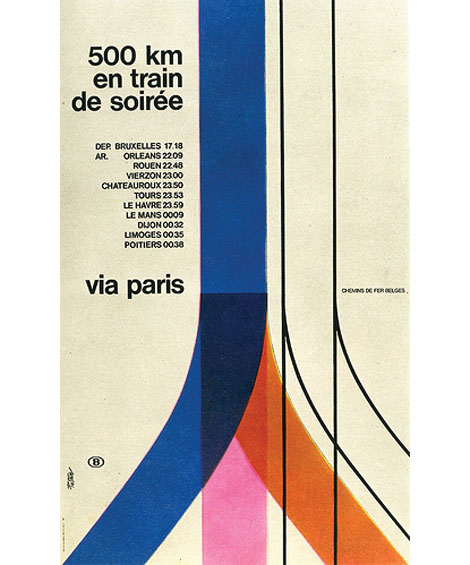
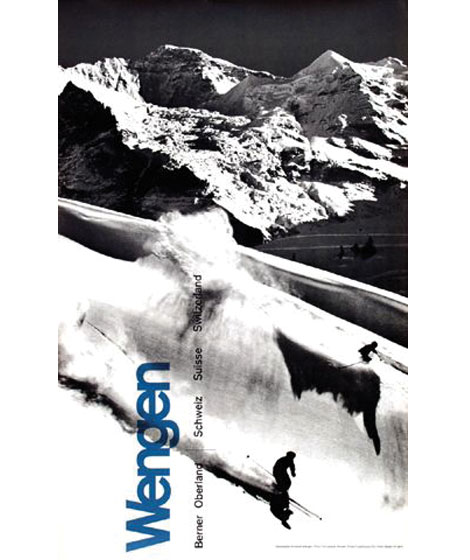
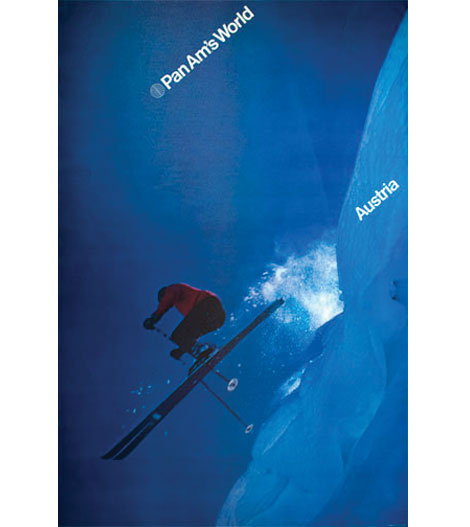
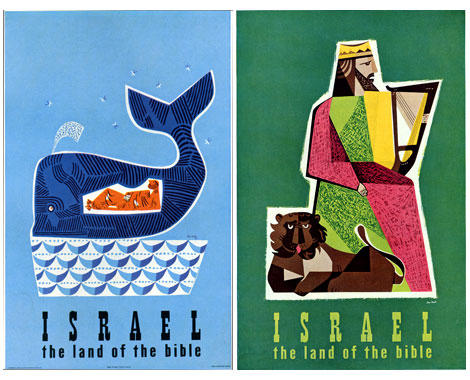
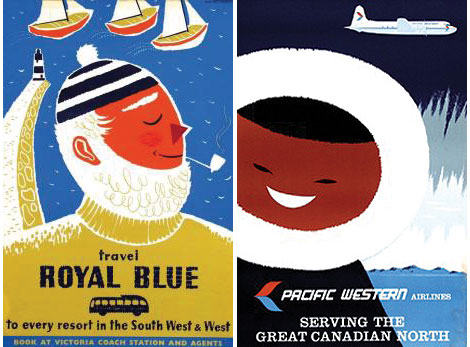
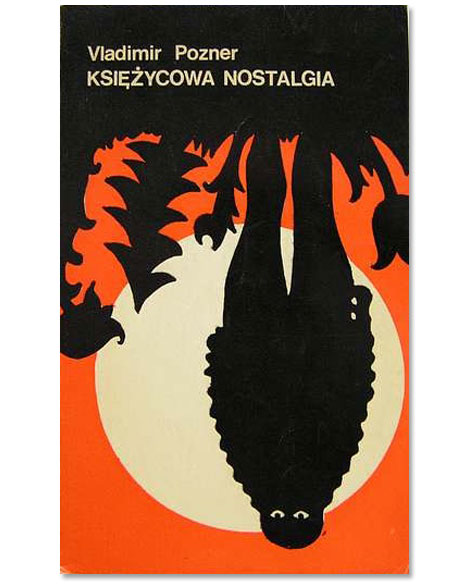
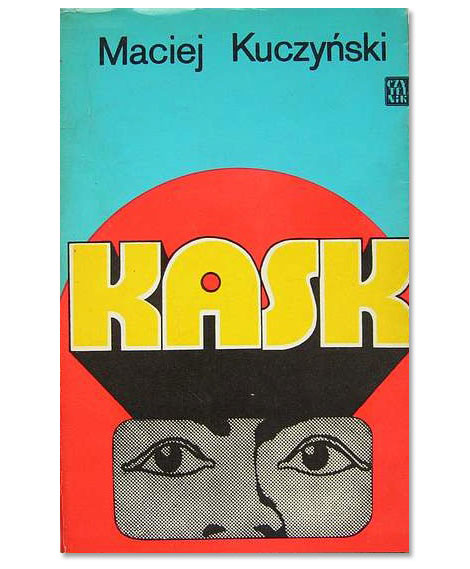
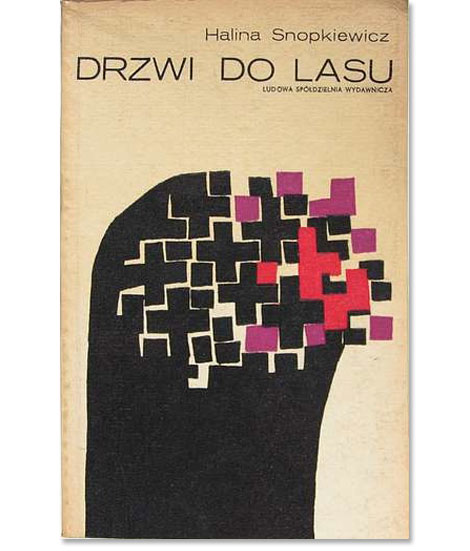
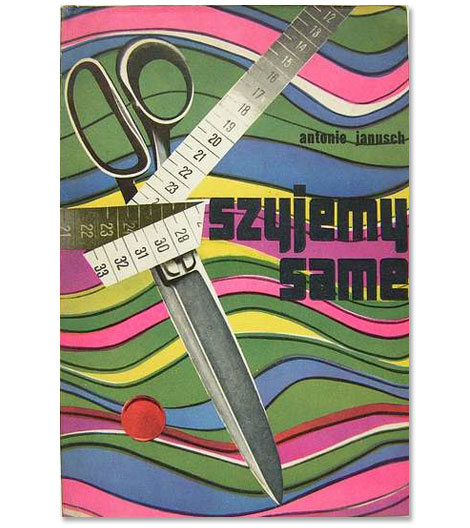
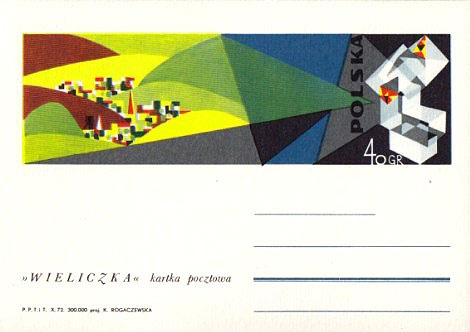
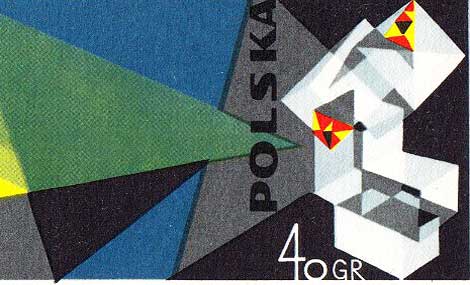
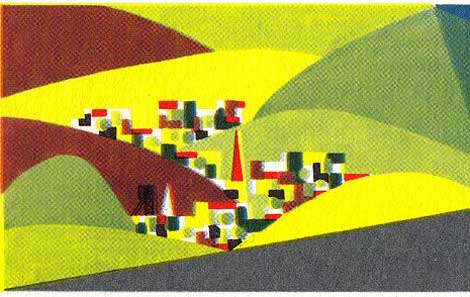


















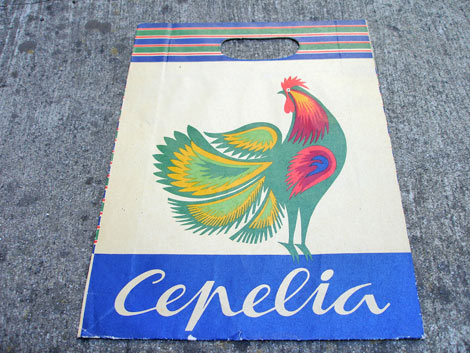
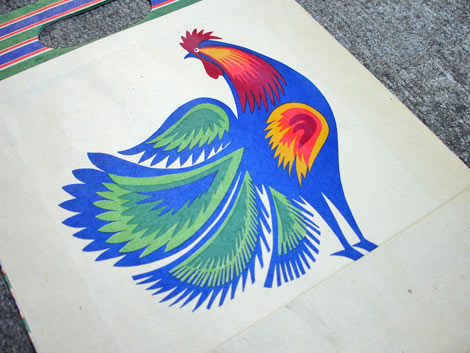

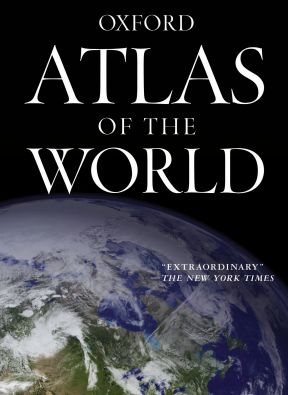 Ben Keene is the editor of
Ben Keene is the editor of 

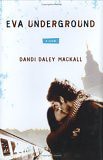

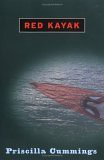
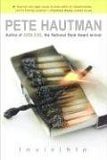
This was a bit odd-- I'm still debating buying a copy. I'm not sure if my warmongering boy readers will pick it up, and am not sure what other readers would.
i hear you, and i think that if this had been "americanized" and told in a very-visual way - as with <i>the secret of the yellow death</i> - i think the book would have more appeal. <br /><br />but it also bothers me to say that, because it suggests that our boy readers need to be spoon-fed stories in a particular way. my comment about <i>soldier bear</i> not reading so "foreign&